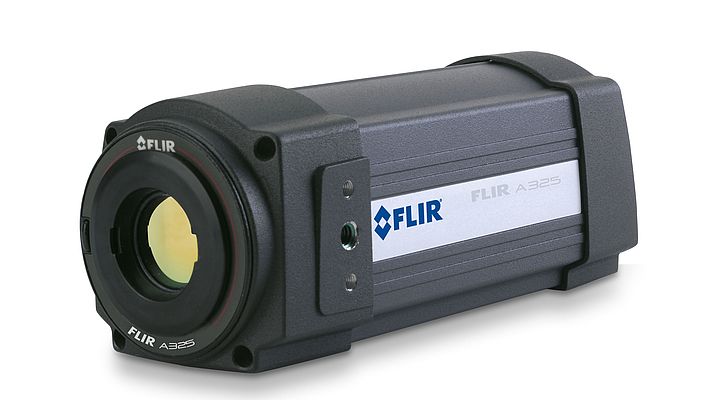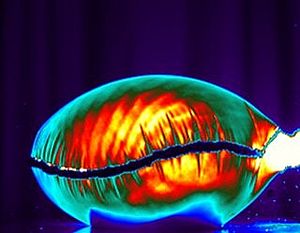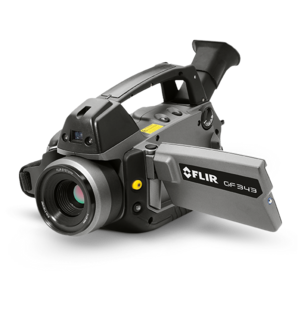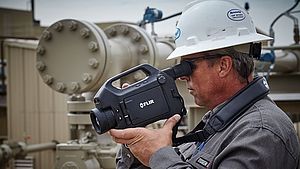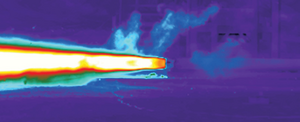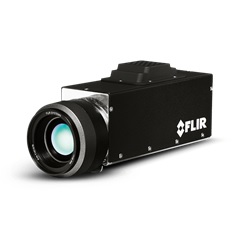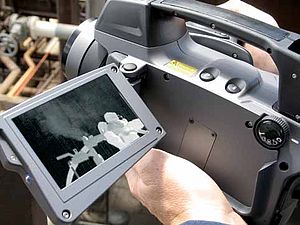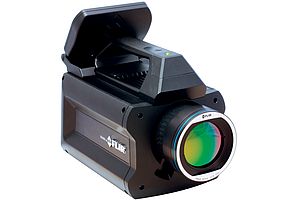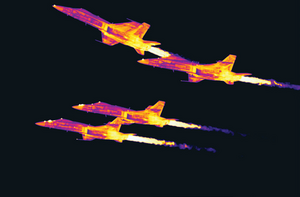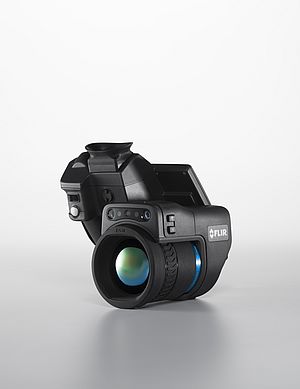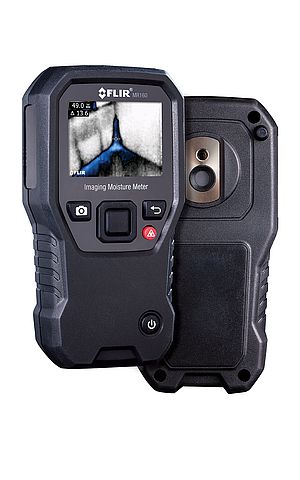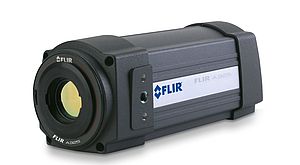The BMW site at Dingolfing in Bavaria is responsible for the manufacture of the BMW 5-Series, 6-Series and 7-Series. The BMW 3-Series Gran Turismo has also recently been added to the product line. All vehicles are subjected to numerous, individual quality control measures and whilst cost and time-efficient automated testing is the common goal, identifying the optimum procedure for each inspection task is a priority.
A prime example is testing exhaust flaps as not all models with dual exhaust systems operate the same. Whilst twin tail pipes are a common feature on BMW vehicles with V8 engines the BMW M5 has an important difference. The exhaust flap on the second tail pipe of this model is only activated at a specified RPM.
So the inspection method has to be flexible to allow the specific characteristics of each model to be checked and thermal imaging is therefore a good choice. And for many years BMW has used the technology to visualise the thermal profile of the tailpipes in the dual pipe exhaust system against the specification of each model.
Historically, each dynamometer test rig was fitted with two thermal imaging cameras, mounted to inspect the left and right tail pipes from above and the side. The solution was not only expensive but also costs increased with time as the models chosen required frequent repair. A fresh approach was clearly needed.
Robert Halbritter of FLIR Systems' sales partner and integrator TOPA suggested a solution that would halve the cost of the new camera hardware and also improve reliability. For each dynamometer, he recommended the use of a single, fixed mounted FLIR A-Series thermal imaging camera with a 45◦ lens to cover the field of view previously provided by two cameras.
Centrally positioned in the rig, the FLIR A-Series camera with wide angle lens would be able to image the entire end of the vehicle from a distance of approximately two metres. The FLIR A-Series thermal imaging camera generates an analogue thermal imaging video signal with a frame rate of 30Hz, ideal for recording exhaust flow. The camera also provides multiple connection options and has digital output for alarm activation and for controlling external devices. Additionally, it supports both GigE Vision and GeniCam protocols and data is transmitted via TCP IP or Ethernet.
The proposal to adopt the FLIR solution proved attractive for BMW as not only did it promise cost savings and performance gains but also FLIR had established a good track record with the company. Its thermal imaging cameras had been used by BMW in a plant maintenance role since 1997 for the predictive maintenance of electrical switchgear.
Now installed, the FLIR A-Series camera on each of the dynamometer rigs transmits real time images of the exhaust systems to a monitor at the front of each vehicle. From this the inspector can see if the flap is functioning properly from changes in the thermal profile.
The FLIR cameras are working 24/7 and although a spare unit has been bought to safeguard continuous inspection in the event of a problem, it remains on the shelf in store.



